Navigating the impact of EMS Partner's internal processes on your business
In the dynamic world of Electronics Manufacturing Services (EMS), the intricate dance between a business and its EMS partner is pivotal. This partnership, often underestimated, can significantly influence a business’s trajectory. The internal processes and procedures of an EMS partner are not mere back-office mechanics; they are the gears that drive the industrialization of your product. This article provides significant insight into the impact these processes have on your business and how you can leverage this understanding to foster more effective collaboration and improve internal processes.
- The strategic advantage of partnering with an EMS provider
- Overcoming challenges in EMS partnerships
- The importance of process as a roadmap
- Agility in electronics contract manufacturing: EVT, DVT, and PVT
- Choosing an EMS partner: standards, procedures and responsiveness
- Operational excellence: A key differentiator in improving internal processes
- Spend your money wisely when choosing your EMS partner!
- Frequently Asked Questions
The strategic advantage of partnering with an EMS provider
Collaborating with an EMS provider offers numerous benefits, including decreased expenses, heightened productivity, and access to specialized knowledge. This partnership can greatly enhance the value of products and improve their competitiveness in the market.
The range of skills possessed by EMS providers brings about advantages that positively impact product value and market position. These include cost reduction, increased efficiency, greater expertise, and customer satisfaction, leading to enhanced competitiveness in today’s marketplace.
Cost reduction and efficiency gains
Through streamlined processes and economies of scale, partnerships with EMS providers can result in notable cost savings and enhanced efficiency. By utilizing robotics and automated systems, the production process for intricate small parts is improved, leading to higher product quality while reducing expenses.
This process improvement is an essential aspect of electronics contract manufacturing.
Access to specialized expertise and advanced technologies
Businesses can experience transformation with cutting-edge technologies and specialized skills provided by EMS providers. The integration of various technologies and digitalization enables improved quality control procedures, intelligent manufacturing methods, and enhanced innovation capabilities through effective processes for fostering innovations.
This is an integral part of operation management processes in the EMS industry.
Overcoming challenges in EMS partnerships
Despite the advantages, there are challenges to contend with in EMS partnerships. Achieving high standards, adhering to regulatory processes, navigating intricate supply networks, and managing resistance to change are critical for effective collaboration.
Ensuring quality and compliance
Effective communication and strong processes are essential for maintaining quality and compliance in EMS partnerships. A well-developed quality assurance program allows for regular audits, feedback sessions, and continuous improvement efforts, addressing any challenges and contributing towards process optimization.
Navigating supply chain complexities
Managing supply chain complexities effectively involves risk management strategies, cultivating positive supplier relationships, and having contingency plans. By building strong connections with suppliers and establishing a robust system for managing risks, EMS providers can efficiently handle intricate supply chains.
The importance of process as a roadmap
An EMS partner’s processes act as a roadmap, providing clarity and direction. Without this, projects may stumble into unknown territories, leading to inefficiencies and increased risks.
A well-documented process ensures projects are monitored and executed according to an agreed schedule, offering peace of mind and a clear vision of your investment's trajectory.
Agility in electronics contract manufacturing: EVT, DVT, and PVT
The EMS company that follows agile processes is the one you need. Coupled with the procedures supporting the serial production, such as EVT, DVT and PVT, the cooperation with such EMS provider paints a compelling view of spending your money wisely and leaving sluggishness far behind. What hides behind these acronyms? Dispelling consecutively:
- EVT - Engineering Validation and Testing - crucial in checking if all functional requirements match the specification. Typically, it's the first time a contract manufacturer assembles the product using intended materials. Once the hardware tests provide the results and metrics expected in the specification, the product is ready to enter another gate.
- DVT - Design Validation and Testing - at this stage, the electronics manufacturer moves closer to validating whether components, chassis and other elements form a coherent whole as a tangible product or there is a space for improvement; the last call to fix the design. Moreover, engineers prepare the units for regulatory certifications and environmental protections: CE, EC, FCC, UL, RoHS.
- PVT - Production Validation and Testing - The results of this gate have a decisive influence on the quality and cost of series production. Only minor changes are allowed in the PVT phase. Any significant change to the design triggers a return to the DVT phase. Samples received from the mass manufacturer holds the name of "gold samples".
Note: Ensure that the EMS company follows all necessary standards and procedures in e.g. operation management processes, adapts the latest manufacturing technologies, and invests intellectual capital in establishing proven processes. On the other hand, as a partner in business, be responsive and open to suggestions to create an environment to thrive with the help of a savvy manufacturer.
Choosing an EMS partner: standards, procedures and responsiveness
When selecting an EMS partner, it’s essential to ensure they adhere to necessary standards and procedures, use the latest manufacturing technologies, and invest in proven processes. As a business partner, being responsive and open to suggestions fosters a thriving environment. Investigate whether the potential partner covers all manufacturing stages and adheres to the Design for “X” mindset, which includes Design for Manufacturing/Assembly, Design for Cost, Design for Testing, and other critical design considerations.
What, knowing this, should you investigate about your potential manufacturer? What are the questions worth asking?
First and foremost, check if the manufacturing process covers all of the following stages: Surface Mount, Automated Optical Inspection (AOI), Through-Hole, Coating, Box Build Assembly, Cable and Wire Assembly, Testing, Inspection, Packing & Shipping.
Does your potential partner stick to the Design for “X”? Here, the “X” means a mindset oriented towards specific features, in particular the aim to achieve early consideration of product development issues, addressing both the design objectives and limitations. It leads to an approach where you have vast access to systematic and cross-functional design methodology.
Operational excellence: A key differentiator in improving internal processes
Operational excellence stands as a cornerstone in the realm of Electronics Manufacturing Services (EMS), distinguishing top-tier partners from the rest. Far from being a mere buzzword, it embodies a holistic approach that integrates efficient problem-solving, cohesive teamwork, and visionary leadership. These elements are crucial for fostering a culture of continuous improvement and innovation.
An EMS partner that prioritizes operational excellence demonstrates a capacity to adapt swiftly to changing market demands and technological advancements. They tend to be data-driven, harnessing the power of analytics to streamline processes, enhance product quality, and reduce time-to-market.
Moreover, such a partner often brings a wealth of experience to the table, leveraging learned insights to anticipate challenges and proactively devise solutions.
Spend your money wisely when choosing your EMS partner!
The selection of an EMS partner is a crucial decision that goes beyond mere outsourcing. It's about investing wisely in a partnership that aligns with your business objectives.
Key takeaways
- EMS providers offer comprehensive services to Original Equipment Manufacturer (OEMs), including design and manufacturing, acting as a crucial component in the electronics industry and enhancing customer retention through efficiency and cost-effectiveness.
- Growth in the EMS industry is driven by demand for consumer electronics with providers staying competitive through advanced technologies.
- Partnering with EMS providers offers strategic advantages like cost reduction, access to specialized expertise, and improved market competitiveness but requires navigation of challenges such as quality compliance and supply chain complexities.
VECTOR BLUE HUB exemplifies an ideal EMS partner, with established processes and procedures that ensure efficiency, quality, and innovation. Our commitment to continuous learning and data-driven development positions us not just as a service provider, but as a strategic ally in your business growth.
By choosing VECTOR BLUE HUB, you're not just outsourcing your manufacturing needs; you're partnering with a team that's dedicated to evolving and adapting alongside your business, ensuring a collaboration that is both fruitful and forward-thinking.
Frequently Asked Questions
What is the difference between Original Equipment Manufacturers (OEMs) and Electronics Manufacturing Services (EMS)?
The primary distinction between OEM and EMS lies in their roles. While OEMs are responsible for the product’s intellectual property, they prioritize research and development as well as expanding into new markets. On the other hand, EMS specialize in design, production, supply chain management, and logistics services to assist OEMs with streamlining their design process and increasing manufacturing capabilities to enter new industries or geographic regions.
What is electronic manufacturing process?
The production of electronics comprises several crucial steps, including the creation and construction of PCBs, cable assembly, packaging and prototyping. All these processes are integral to the electronic manufacturing process.
What is EMS in SMT?
EMS in SMT refers to Electronic Manufacturing Services, which encompass a range of services related to electronic products including design, manufacturing, testing, and repair, with Surface Mount Technology being a common feature in this industry.





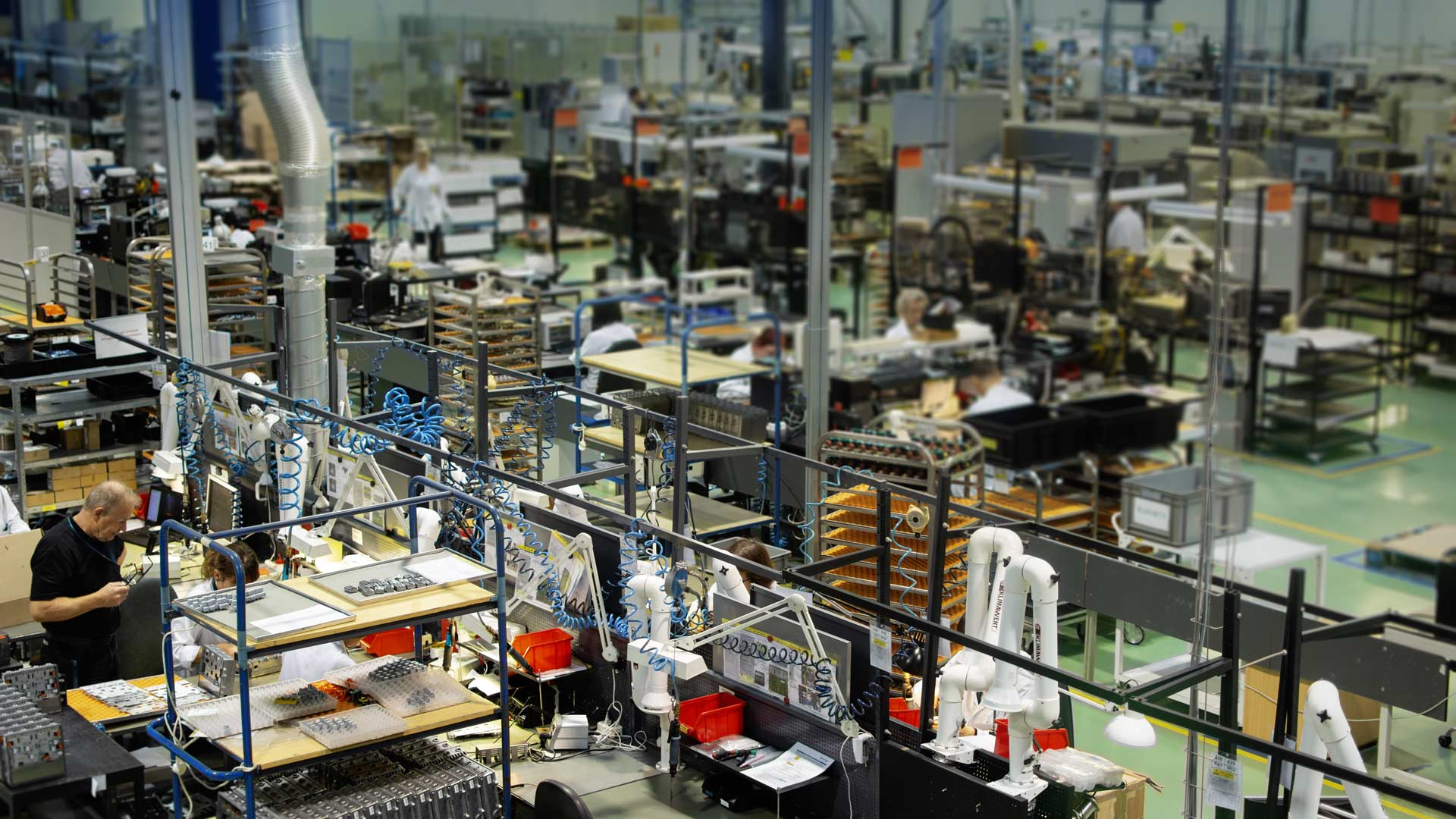

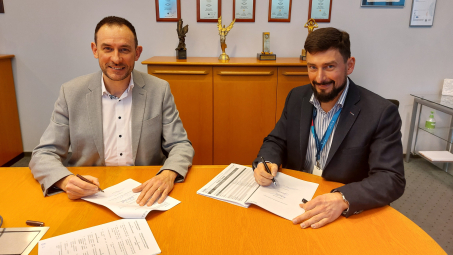
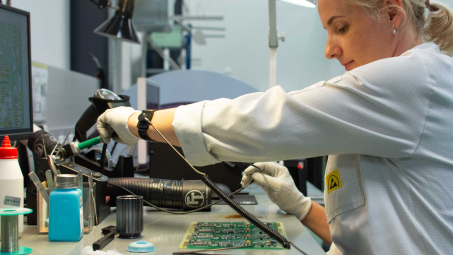
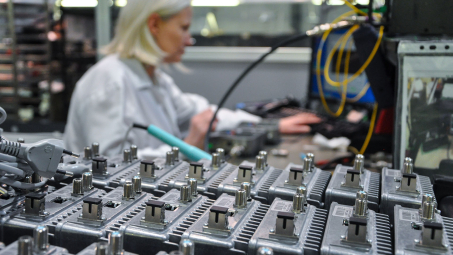
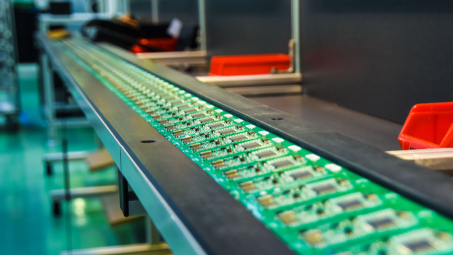
Daniel Żywalewski
Daniel’s great passion is leading-edge technologies and the ways they improve our lives. His satisfaction in work always stems from being in direct touch with customers and working with them to help their businesses grow because, in the end, it's all about people. Privately, he is a big fan of football and, as he says, “a week without playing is a week wasted”. If he has a bit of free time, he always finds a new place to visit.